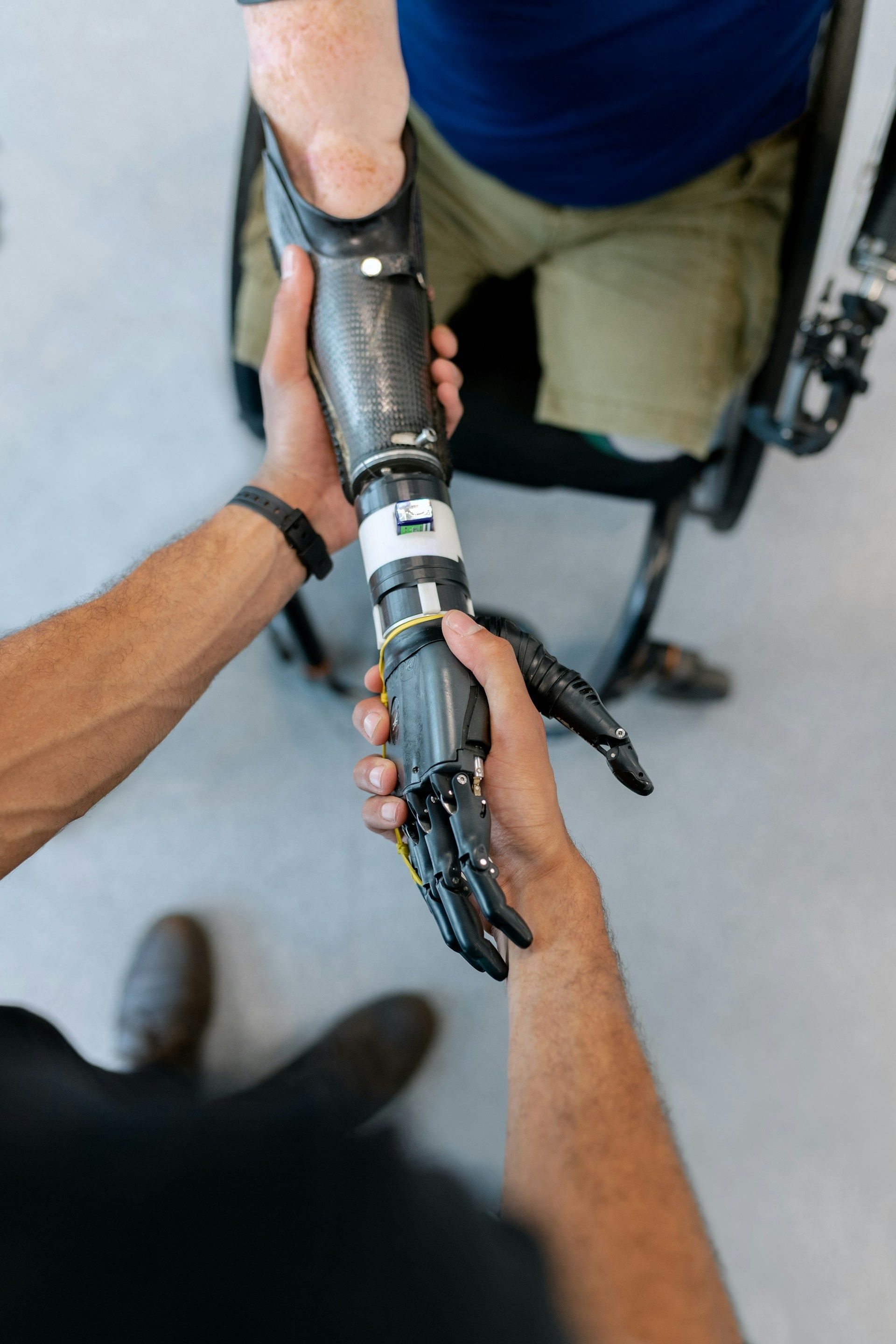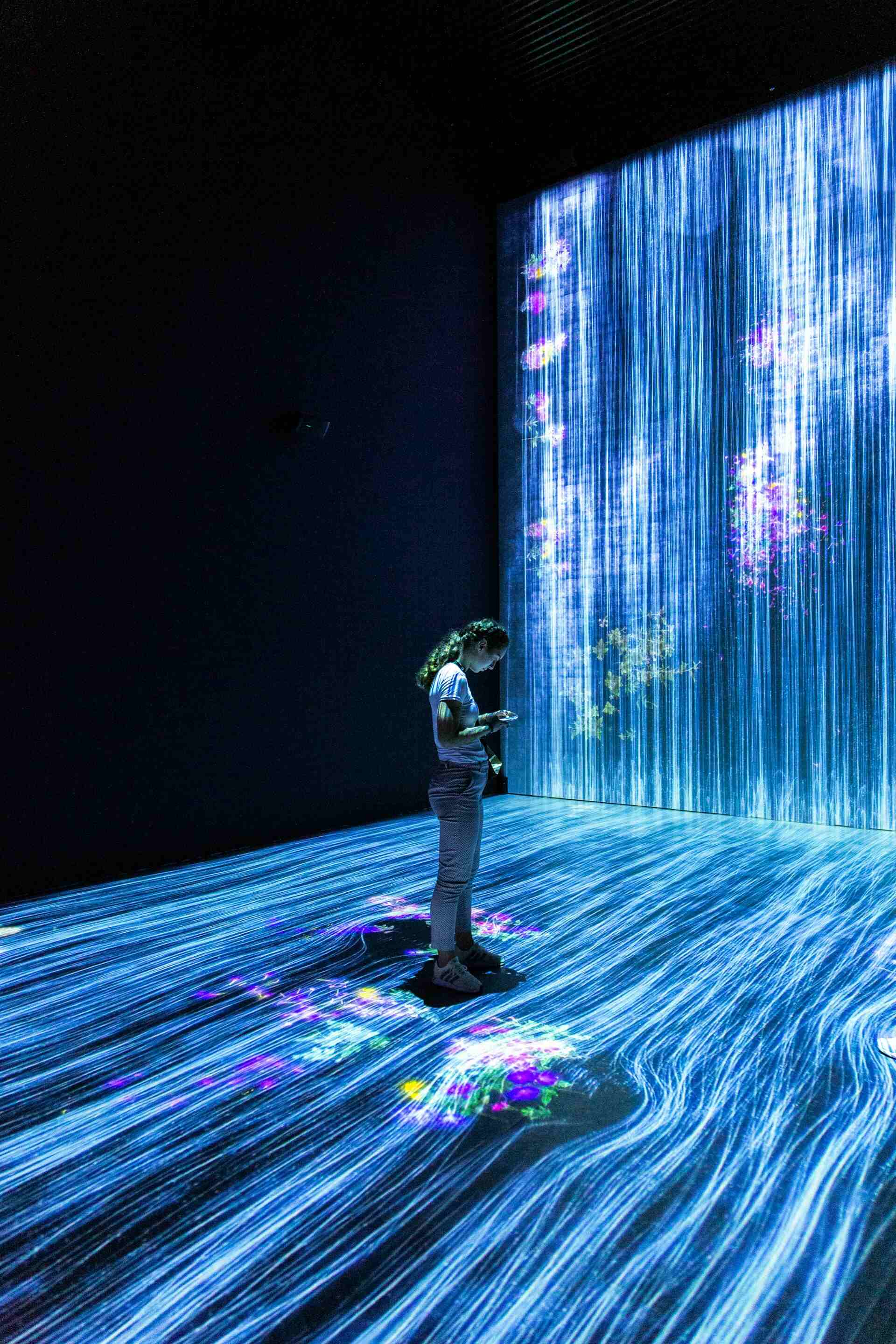Human progression has always been tried and tested in the crucible of invention. Be it societal, religious, or technological, we as a species have made a habit of basing our evolution on our achievements as a group, and that isn’t going to change any time soon.
It’s one of our defining characteristics from the paleolithic days - creating and using tools made out of flint and stone allowed us to achieve things that were attributed previously to the divine, and pushed us to grow out of the caves where we cowered in fear of things larger than us.
Yet, listing out these advancements is a tremendous endeavor, and a monotonous one at that. Instead, let’s narrow our field of view to our more recent achievements - technological prowess in machinery, both hardware and software - indicators to how we’ve grown beyond our hunter-gatherer days, and yet maintained the notions that kept us as forward-thinking as we are.
Hardware and software, the most widely used technologies today. Machinery, computers, and coding - all products of innovation and great thinkers. Just how have we used them beyond simple convenience? Although words such as “hardware” will immediately bring to mind computer technology - rows upon rows of great databanks with flashing lights and hyper-cooled machines - the definition of such can be traced back as early as 2700 BC, with the introduction of a device known as an Abacus, used for arithmetic tasks.
This brings to attention the act of using this device - a tool - to supplement what was originally a completely manual function. What do we have today that supplements the work we do?

From Hard-copy to Hard-ware
As brought up earlier, we’ve used tools to supplement our actions as a species, to define our advancement throughout the ages. As times passed, we needed more complicated tools to help us achieve more complicated outcomes.
Let’s look at 3D Printing, a relatively saturated concept in society today. Using computer-assisted imagery to create custom parts and pieces, this item has gotten over the initial hype and non-tech businesses have oriented themselves with this kind of product, seeing varied and practical methods of use. It’s now became a cost-effective and speedy method of creating specialized objects, seeing potential use in medicine, automotive and manufacturing industries.
However, taking a step back and looking at the history of the product, it was initially created to serve an inability to create custom parts - making up for a drawback not previously encountered. What used to cost hundreds of thousands of dollars for specific use, is now so intuitive and affordable, that anyone with some means is able to produce their desires as they require.
Venturing into a different industry - it’s worth bringing attention to the robotics of today, specifically assisting robotics such as Telepresence robots and advanced prosthetics.
Telepresence robotics, aside from the recent popularity due to COVID and safe-distance regulations, have seen uses for those less fortunate. Unable to go about their daily routine for work or learning - this type of robotics product aims to cull the effect of isolation and provide a presence in society for those burdened by medical reasons.
Prosthetics, also aiming for similar outcomes in helping those suffering intense injury, is another example of how we’ve used burgeoning technology to aid others. While it’s not a recent development for humanity at all, it recently has seen advancement because of the expanding nature of research and development, trying to mitigate the faults of its predecessors and bringing injured recipients ever closer to their previous levels of function.
Looking backwards on the scale of time, it’s almost unbelievable to think that we’ve become capable of such things - creating products on a whim, replacing presences with robots, or working, artificial limbs.
But what of more intangible concerns?
Software, O software
In recent years, there has been a transition to digital like never before. The advent of such technologies as VR/AR (Virtual/Augmented Reality), AI, and expansions such as the metaverse, there is a trend for technology to be more integrated with our day-to-day lives. Some of these replace aspects of society, community, and even work, while others expand and enhance them.
The invention of such things as AI and VR are incredible. Today, AI is used to create art and videos - creations from an existence completely virtual in and of itself. VR and AR are used to replace and enhance reality, respectively. Software has come a long way from using browsers to surf the internet. However, what practical applications are there?
For general society, we can see applications such as disaster tracking - Google’s AI-powered flood and wildfire tracking system has recently been rolled out to more countries. In short, it uses satellites to track movements of these disasters in real time and aims to provide useful information for people in that area. This is an example of an implementation that enhances daily life, by using technology to help people deal with an event as dangerous as a natural disaster.
In case of replacing aspects - we can take a look at the shifts in work habits today. Some companies are considering using chat-based applications such as Discord to integrate with the work-from-home/remote work policies that many are beginning to adopt. The adoption of this software is mainly considered for its ease of use, the ability to use bots, integration of other software and large server size - many aspects which are ideal for use for departments in office settings.
Considering the above uses, the benefits of advanced software is easy to see, both in general society and specific situations. The above two implementations are only very specific use cases, but there are many more applications that software has today to apply to modern society, and there are certainly many more on the way.

Technology should be considered as a metric for growth, for our species. Considering how our quality of life is directly affected by the level of our technology and advancement of society, the statement can be made that our lives as humans got better as we advanced ourselves.
The invention of the computer - one of the defining technologies that showed how a tool can change how we live - is a huge stepping stone towards what we’ve become today.
Look at our advancements in hardware. The creation of machines such as the 3-D printer, robotics, and prosthetics were great indications of our ability to build and overcome. Using these tools to create something from raw material or overcome the loss of a limb is a concept treated as magical just a few hundred years ago.
In terms of advancement, software doesn’t lose out either. The creations of AR, VR and AI - enhancing and replacing reality, as well as creating an existence to support humanity that is wholly virtual, would be hard to even explain to someone from an era long past.
However, these wondrous technologies aren’t indications of progress through complicated science. They’re indications of growth as a species, tools created to help us succeed, and we shouldn’t lose sight of that as we keep inventing and growing.
